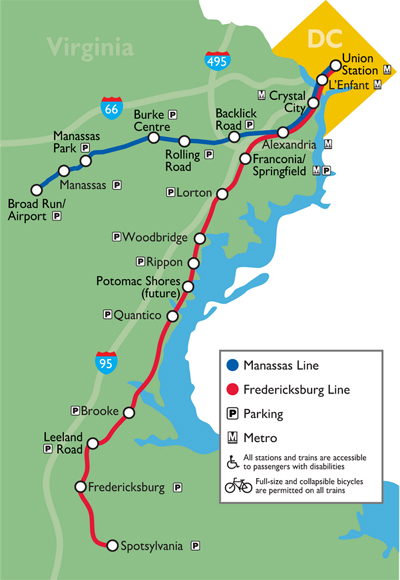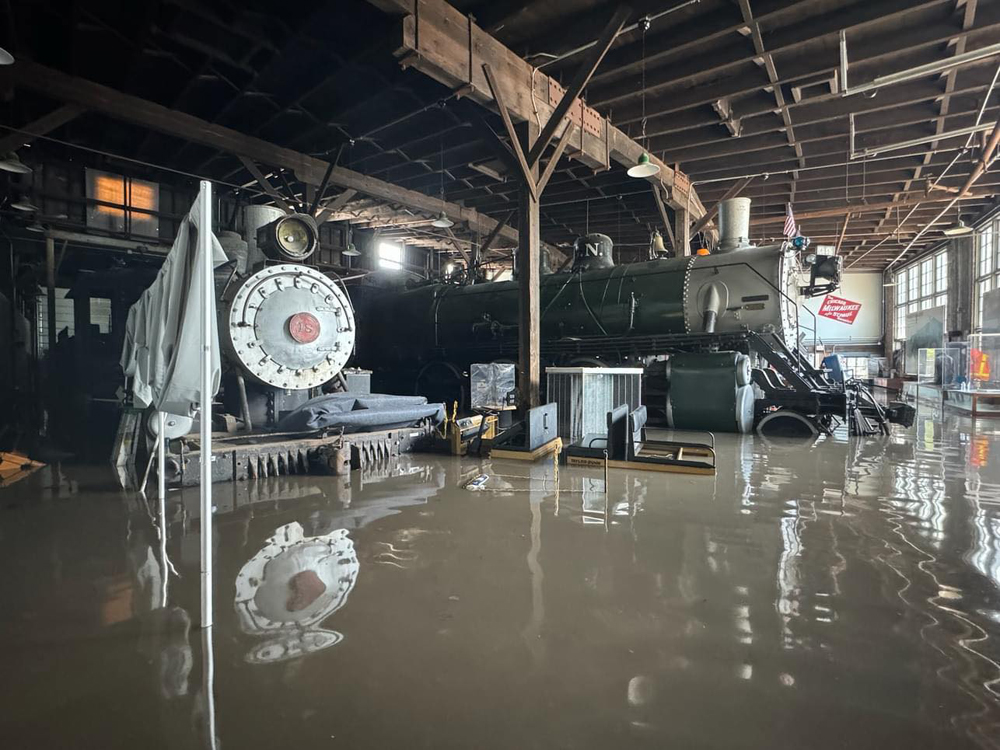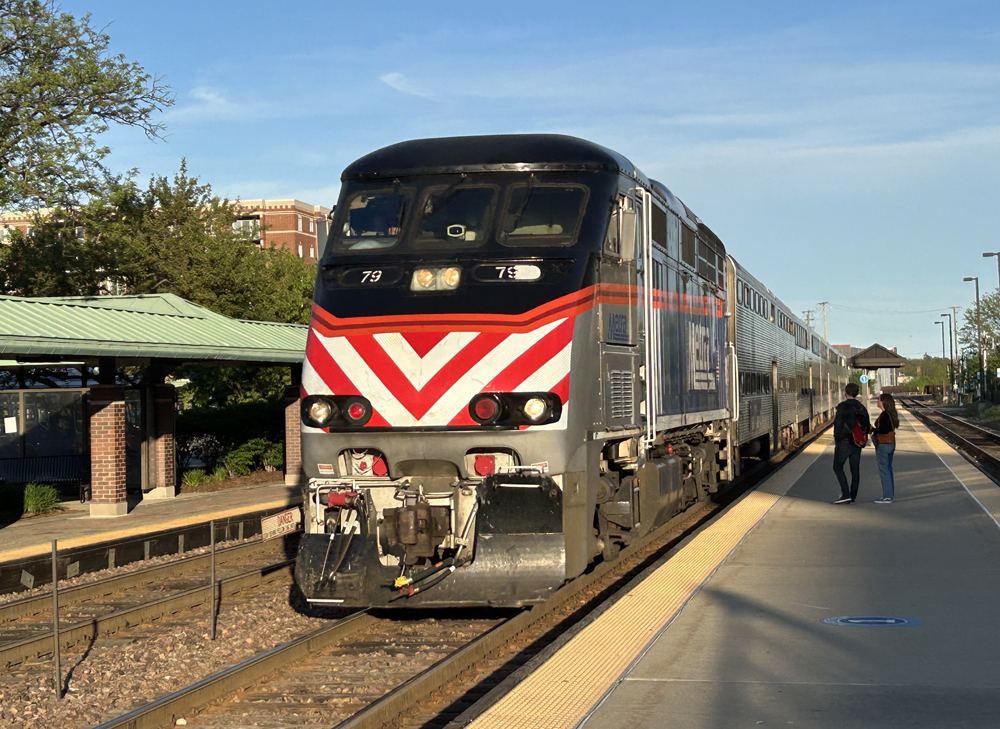
BNSF Railway under new CEO Katie Farmer will have the same focus on growth that the company has had since its inception 25 years ago.
“We have always had and will always have a bias for growth,” Farmer, who became chief executive on Jan. 1, told the Midwest Association of Rail Shippers on Wednesday. “We are a reflection of what goes on in the industrial and consumer economies. And we all know what happens in those economies: Volumes fluctuate, opportunities present themselves, opportunities go away. And so what that means for us is that we always have to be nimble enough and see growth opportunities in advance and prepare ourselves to be able to say yes.”
Part of being focused on growth, Farmer says, is having a cost structure that allows the railroad to compete. And that means making the most of its assets while improving efficiency and productivity. “When you do those things, what typically results is that you have a really good service product, which allows you to grow, and you create capacity without capital,” she says.
The service that leads to growth also allows BNSF to reinvest in its network, which creates a virtuous circle. “That’s the BNSF model. We want to be able to say yes to customers when they bring us opportunities,” Farmer says.
BNSF’s $2.99 billion capital budget for 2021, announced today, includes $400 million in capacity expansion projects. Among them: Continuing multiyear projects to add segments of double-track to the Southern Transcon across eastern Kansas and a second span across Lake Pend Oreille in Idaho on the Northern Transcon.
“We run a network business. And so we want to invest in expansion opportunities that benefit all of our customers and benefit the network,” Farmer says.
BNSF also is using technology to improve service, safety, and efficiency.
At the end of 2019, BNSF put together a team from its transportation, mechanical, engineering, signals, and technology departments. Its charge: Analyze data collected from wayside detection systems and service interruption history, then use it to spot trends and take proactive steps to prevent problems that can cause delays.
The result was a 30% reduction in train delays across the BNSF system in 2020 and the lowest number of derailments in the company’s history, Farmer says.
BNSF, which was the first railroad to completely roll out positive train control, continues to install the safety system on subdivisions where it is not required. “Why did we do that? We believe that every train that operates with PTC is a safer train,” Farmer says.
BNSF also wants to negotiate the use of one-person crews on lines protected by PTC, Farmer says.
On the locomotive front, Farmer says BNSF is pleased with the initial results from the test runs of the Wabtec battery electric locomotive in revenue service between Barstow and Stockton, Calif. Those tests, which began on Jan. 4, will continue through March. After that, the FLXdrive locomotive will move on to test service elsewhere on the system.













